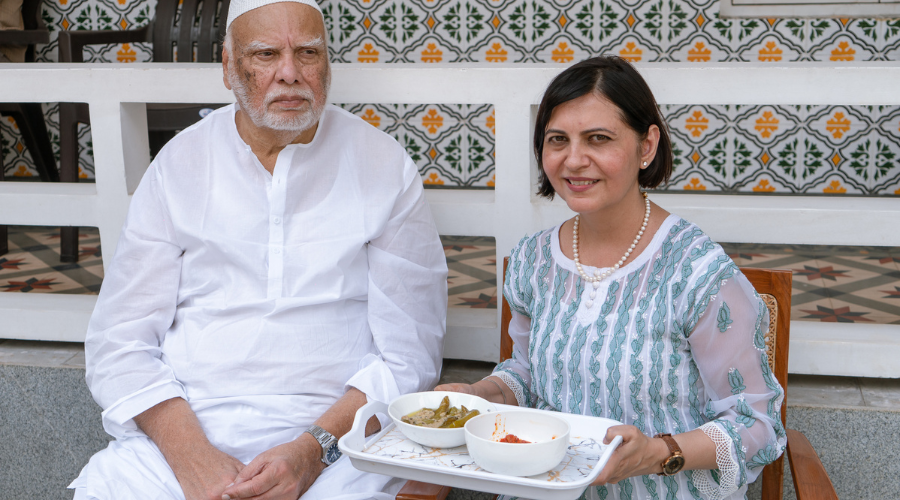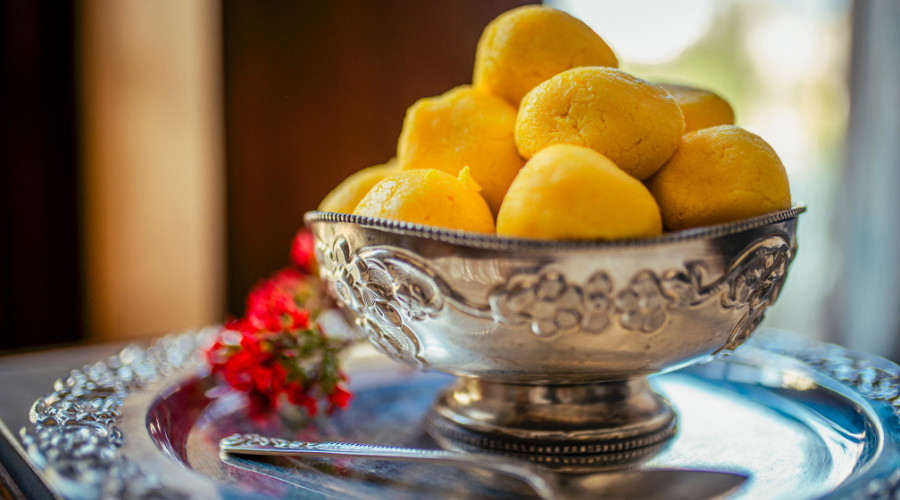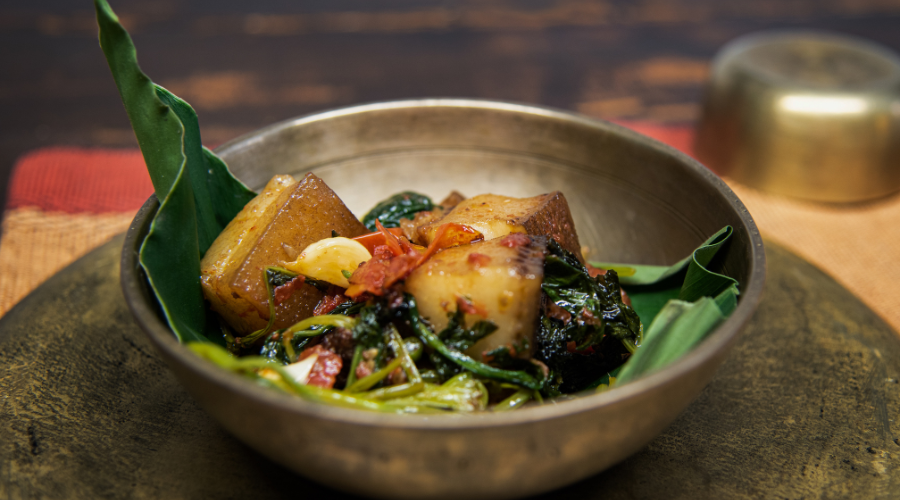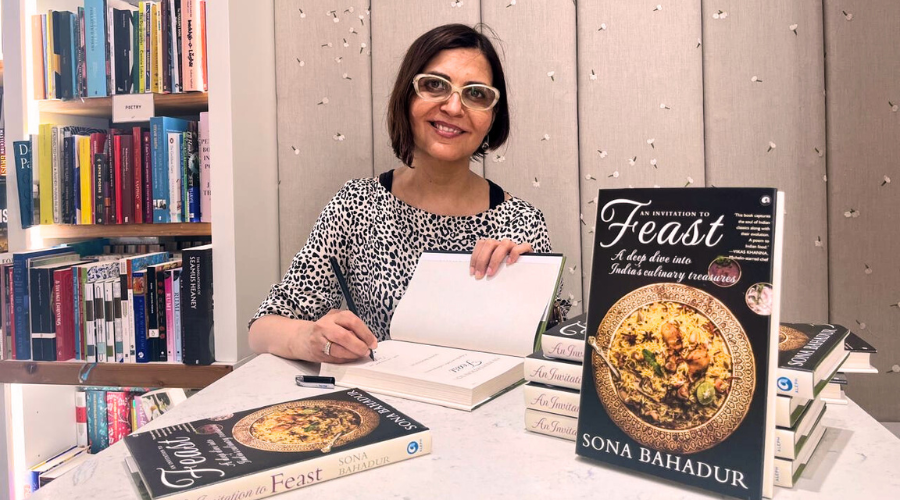Food is more than just recipes–it is about culture, memories, and countless stories. Curating all this into a book goes beyond just evoking hunger; it’s about inking emotions and perspectives on every page. “An Invitation To Feast” by Sona Bahadur captures the essence of India’s rich culinary heritage with evocative storytelling that transports you straight to the world she creates.
In a conversation with Outlook Traveller Eats, author and gastronomic travel expert, Sona Bahadur, told us how the book found her. “The idea of travelling across India to document the living history of our cuisine was exhilarating. It was an opportunity to deepen my relationship with Indian food, and I grabbed it,” added Bahadur.

In her book, Bahadur takes you across India, covering stories of eleven heavenly Indian dishes. From butter chicken, biryani, vada pav, shami kebab, undhiyu, goan fish curry, dosa, chole, smoked pork, to the sweet stories of rosogolla, the book makes you salivate over all of them. “I tried to strike a balance by including globally beloved classics, regional gems, dishes from the Northeast and vada pav to represent the bustling universe of street food,” said Bahadur. From relishing chole bhature in Amritsar to becoming friends with locals of Meghalaya while researching smoked pork, the book captures the essence of Indian classics with heartfelt storytelling. “Preserving our culinary heritage entails not just documenting recipes but celebrating our stories and memories as well,” said Bahadur.

While Bahadur found it difficult to pick out a favourite dish, what surprised her the most were her explorations of smoked pork in the Northeast and the staggering rasgulla diversity in Odisha. “Being unfamiliar with Northeastern cuisine, I learnt how minimal use of spices and techniques like fermentation and smoking can coax out the depth of flavour from these ingredients,” said Bahadur. Though smoking techniques vary across the sixteen Naga tribes, it is organically done over traditional bamboo racks. “Sourcing meat locally and salting it acts as a natural preservative. A dry rub of cracked pepper, red chillies, or dried lemon leaves adds depth of flavour,” added Bahadur.

Indian food is a fascinating mosaic, bringing together diverse traditions under the same umbrella. Marvelling at India’s incredible food diversity, Bahadur observed no textbook version of a dish. “Every classic from chole bhature to undhiyu has so many variations; it’s more of a genre than a single dish,” she added. While the ingredients, spices and techniques of dishes vary widely, the spice blends are calibrated and measured well. “Indian food isn’t just a haphazard mix of ingredients—it results from thousands of years of research and thought. That’s what makes Indian cuisine an art,” said Bahadur.
Food: The Story Of Identity and Legacy
A famous French author and gastronome once said, “Tell me what you eat, and I will tell you what you are.” Food is an intrinsic part of our identity. We identify with cuisines because they make us feel closer to our culture. Using time-honoured techniques is more about keeping heritage alive and less about the process of cooking. Take the example of shami kebab; making them requires time and patience, and as people today don’t have either, this beloved dish has disappeared into near darkness.
However, Bahadur documents how the Nawabi families in the old havelis of Lucknow make mince meat and lentil patties using authentic family recipes, keeping alive the fading traditions of shami kebab. The Parsi delight dhansak also serves as a powerful symbol of the community’s identity and its assimilation into Indian culture. Adding to the list, butter chicken’s origin is debated, with many staking a claim over its invention. “But I care less about the roots than its universally loved taste. It’s like having our very own marinara, a taste that pleases all,” said Bahadur.
The Indian culinary landscape is thousands of years old, and the food is our inherited treasure. From inventing authentic recipes and passing them to future generations to finding unique spice blends, the Indian food culture is a legacy of creativity, precision and passion. “We need to honour and leverage it better by focusing attention on our classic dishes and projecting them as the exceptional foods that they are,” added Bahadur









